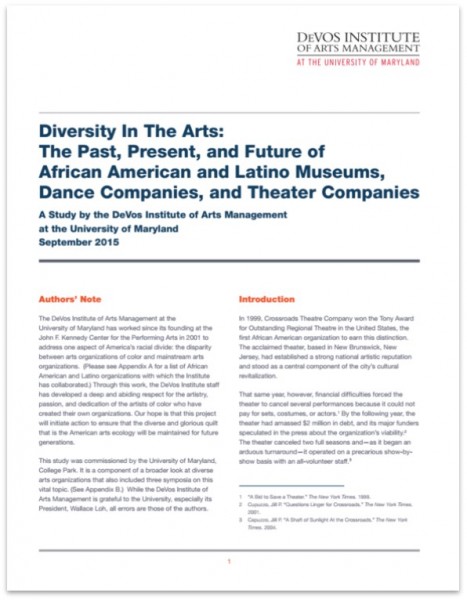Connecticut Ranks 10th in U.S. in Percentage of Latinos Among Eligible Voters
/Connecticut, with 10.8 percent of eligible voters of Latino heritage, ranks 10th among the states in the percentage of eligible Latino voters. In 16 states, more than half of the Latino population is eligible to vote, including Connecticut which ranks 13th with 51.8 percent of the Latino population eligible to vote in the November elections.
Those states include Vermont, Maine, Hawaii, New Mexico, Alaska, Montana, North Dakota, West Virginia, Florida, Pennsylvania, New Hampshire, and South Dakota, with percentages ranging from 61.9 percent to 51.9 percent. 
A record 27.3 million Latinos will be eligible to vote in the 2016 elections, which will include legislative and Congressional elections, United States Senator and President/Vice President. The Hispanic population in Connecticut is the 18th largest in the nation. About 540,000 Hispanics reside in Connecticut, 1 percent of all Hispanics in the United States, according to data compiled by the Pew Hispanic Center. In other key data:
- Connecticut’s population is 15 percent Hispanic, the 11th largest Hispanic statewide population share nationally.
- There are 280,000 Hispanic eligible voters in Connecticut—the 15th largest Hispanic statewide eligible voter population nationally. California ranks first with 6.9 million.
- Some 11 percent of Connecticut eligible voters are Hispanic, the 10th largest Hispanic statewide eligible voter share nationally. New Mexico ranks first with 40%.
- Some 52 percent of Hispanics in Connecticut are eligible to vote, ranking Connecticut 13th nationwide in the share of the Hispanic population that is eligible to vote. By contrast, about eight-in-ten (79 percent) of the state’s white population is eligible to vote.
 The states with the largest Latino population are California, Texas, Florida, New York, Illinois, Arizona, New Jersey, Colorado, New Mexico, Georgia and North Carolina. With the smallest Latino populations are two New England states – Maine and Vermont – along with North and South Dakota and West Virginia. Another New England state, New Hampshire, is among the ten states with the smallest Latino population.
The states with the largest Latino population are California, Texas, Florida, New York, Illinois, Arizona, New Jersey, Colorado, New Mexico, Georgia and North Carolina. With the smallest Latino populations are two New England states – Maine and Vermont – along with North and South Dakota and West Virginia. Another New England state, New Hampshire, is among the ten states with the smallest Latino population.
Among Connecticut’s Congressional Districts, the share of eligible voters who are Latino range from 6.4 percent in the 2nd C.D. in Eastern Connecticut, to 12.9 percent in Western Connecticut’s 5th Congressional District. The percentages in the Connecticut’s other districts are 10.2% in the 3rd C.D. (Greater New Haven), 11.8% in the 4th C.D. (mostly Fairfield County) and 12.8% in the 1st C.D. (Greater Hartford).
All demographic data are based on Pew Research Center tabulations of the U.S. Census Bureau’s 2014 American Community Survey.



 A survey to which 29 of the 60 black and Latino arts groups in the study replied showed that the median percentage of donations coming from individuals was 5%. The norm is about 60% for big mainstream arts organizations. “This is the most important single statistic in the study,” the report says. Minority arts organizations also trailed when it came to box office receipts and other earned revenue. Earned money accounted for 40% of their revenue, compared with 59% for the big mainstream groups.
A survey to which 29 of the 60 black and Latino arts groups in the study replied showed that the median percentage of donations coming from individuals was 5%. The norm is about 60% for big mainstream arts organizations. “This is the most important single statistic in the study,” the report says. Minority arts organizations also trailed when it came to box office receipts and other earned revenue. Earned money accounted for 40% of their revenue, compared with 59% for the big mainstream groups.


































